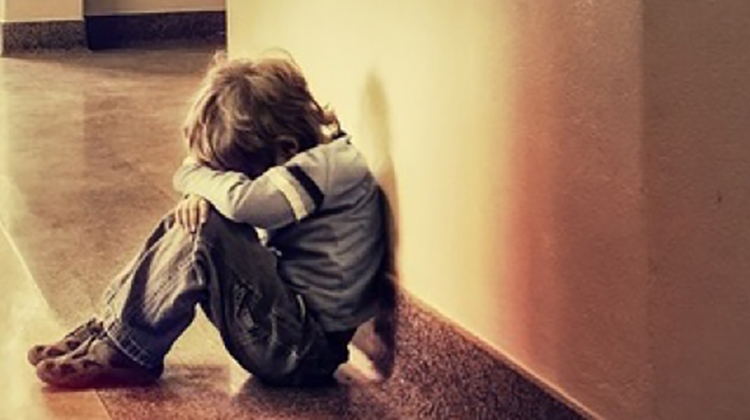Vulnerable children most affected by exclusion

Vulnerable children are more likely to be excluded from school, making bad stations worse; boys, Indigenous students, and students with a disability are disproportionately affected by exclusion.
Indigenous students received 25 per cent of all suspensions and permanent exclusions in Queensland, despite comprising just over 10 per cent of student enrolments and 25 per cent of all suspensions in New South Wales, despite representing just eight per cent of student enrolments. In Victoria, 6.5 per cent of all expulsions were of an Indigenous background (the group represents only 2.3 per cent of the student population).
Male students received 77 per cent of all suspensions in South Australia (three times that of girls), over 80 per cent of permanent exclusions in Victoria (four times that of girls) and around three quarters of all suspensions in in NSW.
Students with disability funding received 14 per cent of all permanent exclusions in Victoria, while comprising only 4.5 per cent of all government school enrolments.
The University of South Australia audited exclusionary policies and practices in Australian schools across 2019 and found that disciplinary actions were in almost all areas effecting the same already vulnerable groups of students.
Lead researcher and Director of UniSA’s Research for Educational and Social Inclusion Group, Associate Professor Anna Sullivan says, “Every child has a right to education and to participate in a school environment that is safe, fair and supportive,” Assoc Prof Sullivan says.
“Yet what these statistics show is that disciplinary actions are being disproportionately applied to certain groups of students in Australia, and concerningly, marginalised groups including Indigenous children and children with a disability.
“Of course, Australian schools, like elsewhere, commonly use exclusionary practices, such as suspensions and exclusions to help address poor student behaviour. But how these are applied, and which students are impacted is quite clearly unfair.
“We need to find ways for vulnerable children to be better supported at school, and ways for schools to better manage challenging behaviours.
“Only when we have a fair and equitable education system will Australian children, from all cultures, backgrounds and of all abilities be able to thrive and survive.”
Read the research.